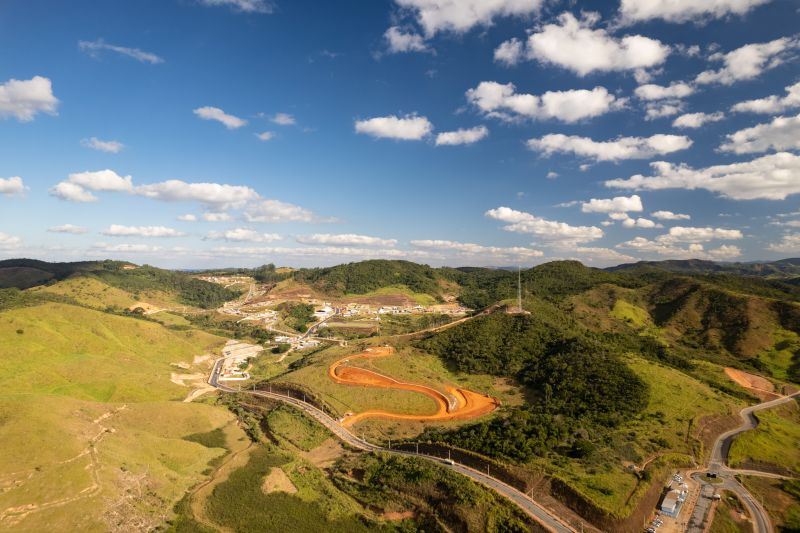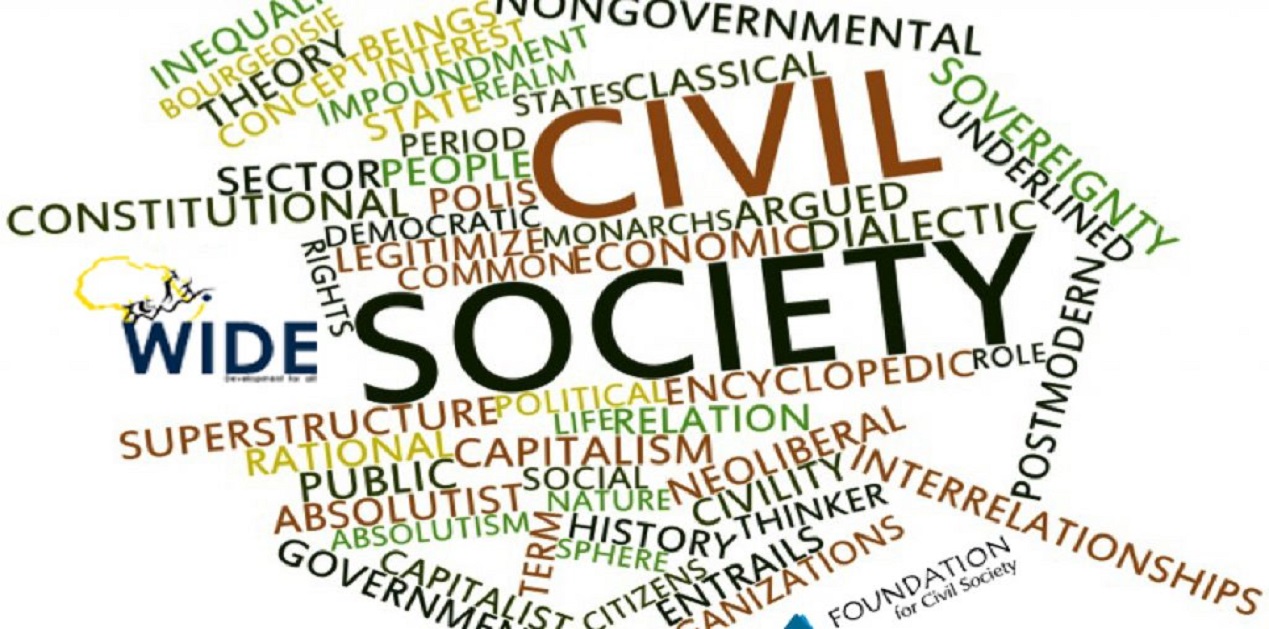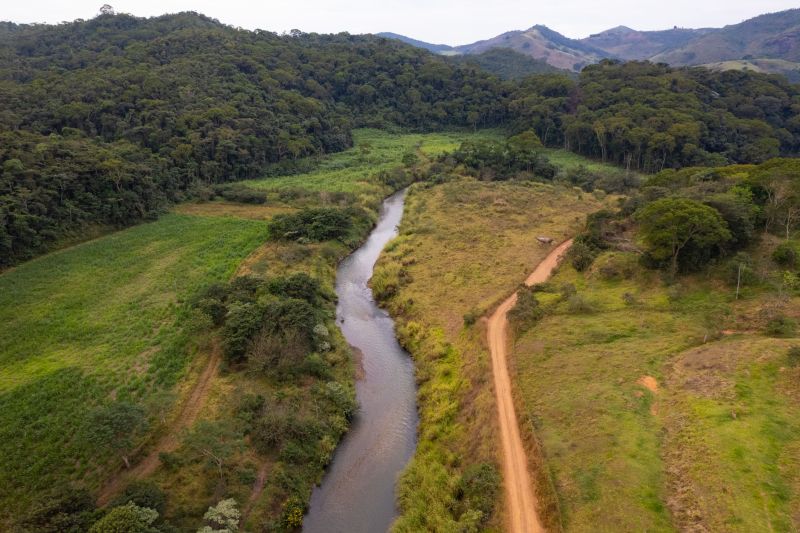In the face of calamity, when the ground shakes or the skies unleash their fury, it is not only the government or large organizations that spring into action. Enter civil society: a vibrant tapestry of individuals, grassroots movements, and non-governmental organizations.
These entities, often rooted in local communities, play a pivotal role in disaster response, weaving together a rich array of skills, resources, and local knowledge. They mobilize swiftly, bringing aid, companionship, and a sense of hope at the most critical times.
From organizing volunteers to coordinating relief efforts, civil society acts as both a safety net and a beacon of resilience. It is in these moments of crisis that the strength of collective action shines, illustrating how ordinary people can rise to extraordinary challenges, forging bonds of solidarity in the aftermath of destruction.
The dynamics of civil society not only bridge the gaps left by formal institutions but also highlight the essential human spirit that thrives amidst adversity.
Introduction: Understanding Civil Societys Role in Crisis Management

In the chaotic aftermath of a disaster, the role of civil society emerges as a lifeline, intertwining community resilience with organized response efforts. From grassroots organizations that mobilize volunteers in the blink of an eye to established NGOs providing critical supplies and expertise, civil society plays a multifaceted role in disaster management.
These entities not only bridge the gap between official emergency services and the affected populations but also ensure that the voices of the marginalized are heard in the midst of distress. Engaging local knowledge and fostering trust among communities, they cultivate an environment where collaboration flourishes, creating a tapestry of support that addresses both immediate needs and long-term recovery.
As we navigate the complexities of crisis responses, understanding the diverse contributions of civil society becomes essential to building robust, adaptable frameworks capable of mitigating the impacts of future calamities.
Collaborative Efforts: Partnerships Between Civil Society and Government

In the intricate tapestry of disaster response, the collaboration between civil society and government stands out as a critical element, weaving together diverse skills, resources, and perspectives. Civil society organizations, often rooted in local communities, bring invaluable insights and grassroot connections that can inform and enhance governmental strategies.
Together, they engage in proactive measures—conducting risk assessments, mobilizing volunteers, and fabricating comprehensive response plans that resonate with the actual needs of affected communities. This partnership isnt merely transactional; it thrives on ongoing dialogue and shared trust, allowing both entities to adapt and innovate in real time.
Such alliances not only amplify the effectiveness of disaster response initiatives but also foster a resilient community ethos, empowering individuals to take active roles in their recovery journey, ultimately creating a robust and united front against future challenges.
Technology and Innovation: Enhancing Civil Societys Response Capabilities

Technology and innovation play a transformative role in enhancing the response capabilities of civil society during disaster, fostering resilience and agility in the face of adversity. Cutting-edge tools, such as real-time data analytics and mobile applications, enable organizations to assess situations swiftly and allocate resources effectively.
Community-driven platforms, powered by social media, facilitate rapid information sharing, strengthening connections among affected populations and responders alike. Moreover, emerging technologies like drones and artificial intelligence are revolutionizing damage assessments and resource distribution, allowing volunteers to navigate challenging terrains and deliver aid where it’s needed most.
As civil society harnesses these innovations, they not only improve operational efficiency but also empower communities, fostering a sense of solidarity and shared purpose in the aftermath of crises. The interplay between technology and human effort paves the way for more agile and adaptive disaster response strategies, fundamentally reshaping how societies confront and recover from calamities.
Conclusion
In conclusion, civil society plays an indispensable role in disaster response by bridging the gap between governmental efforts and community needs. Through grassroots mobilization, local knowledge, and advocacy, civil society organizations not only provide immediate aid but also support long-term recovery and resilience building.
The Samarco reparação case highlights the importance of civic engagement in ensuring accountability and addressing the needs of affected communities. As we continue to face increasingly frequent natural disasters and humanitarian crises, fostering a collaborative relationship between civil society, governments, and private sectors will be essential for creating effective and inclusive disaster response strategies.
Ultimately, empowering local voices and harnessing the strengths of civil society can significantly enhance our collective ability to respond to and recover from disasters, ensuring that the well-being of communities remains at the forefront of recovery efforts.


